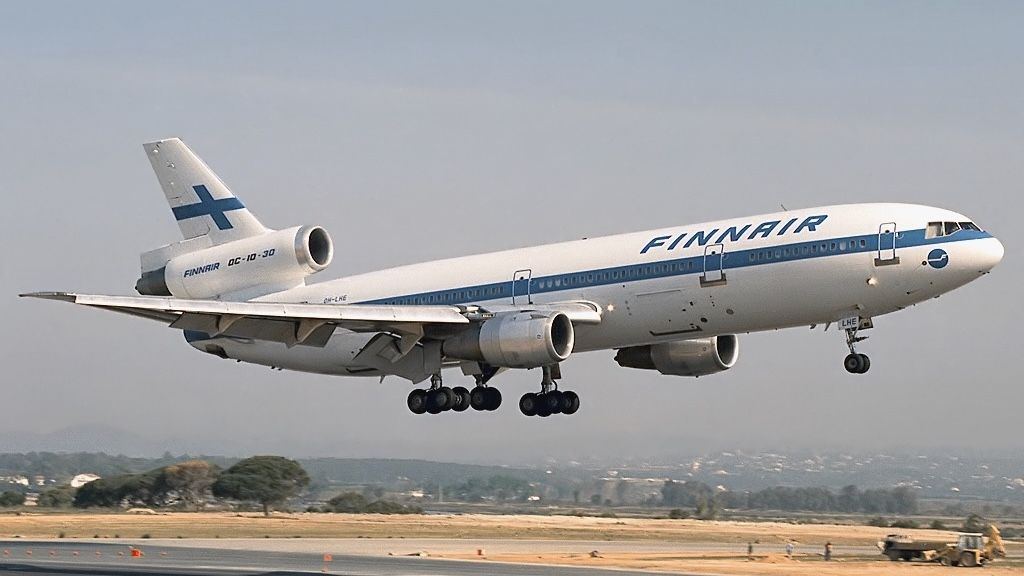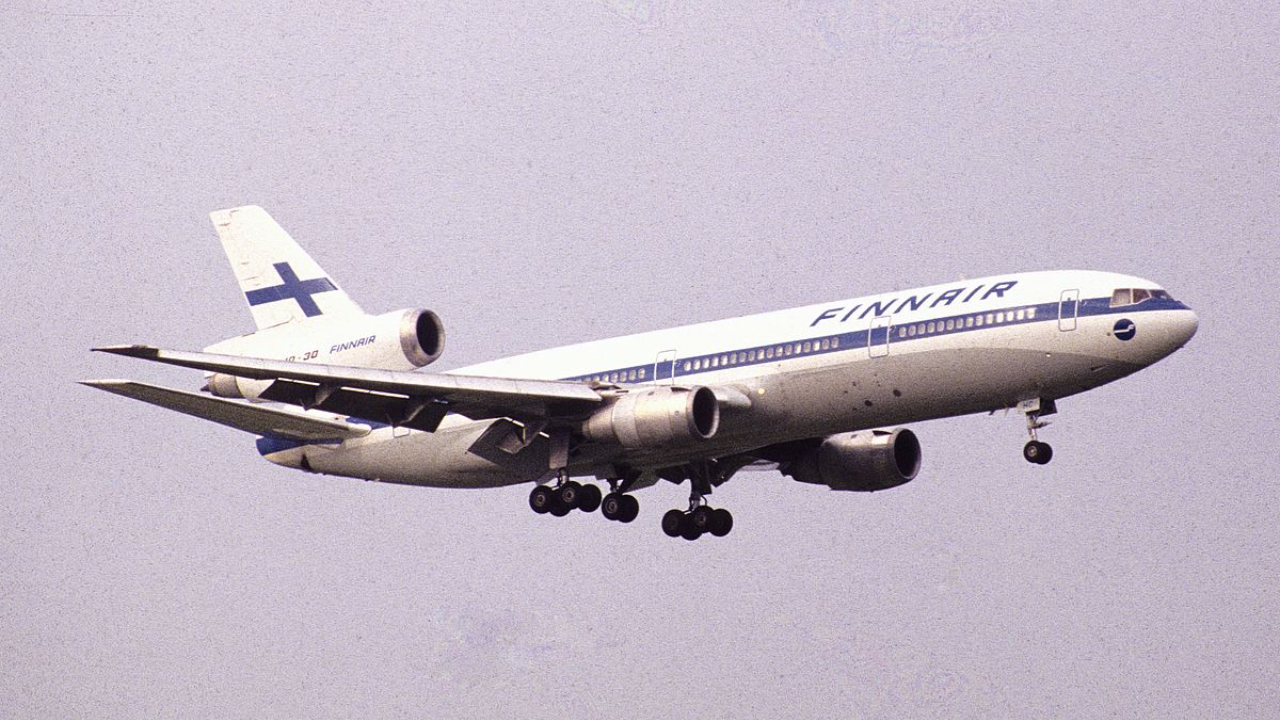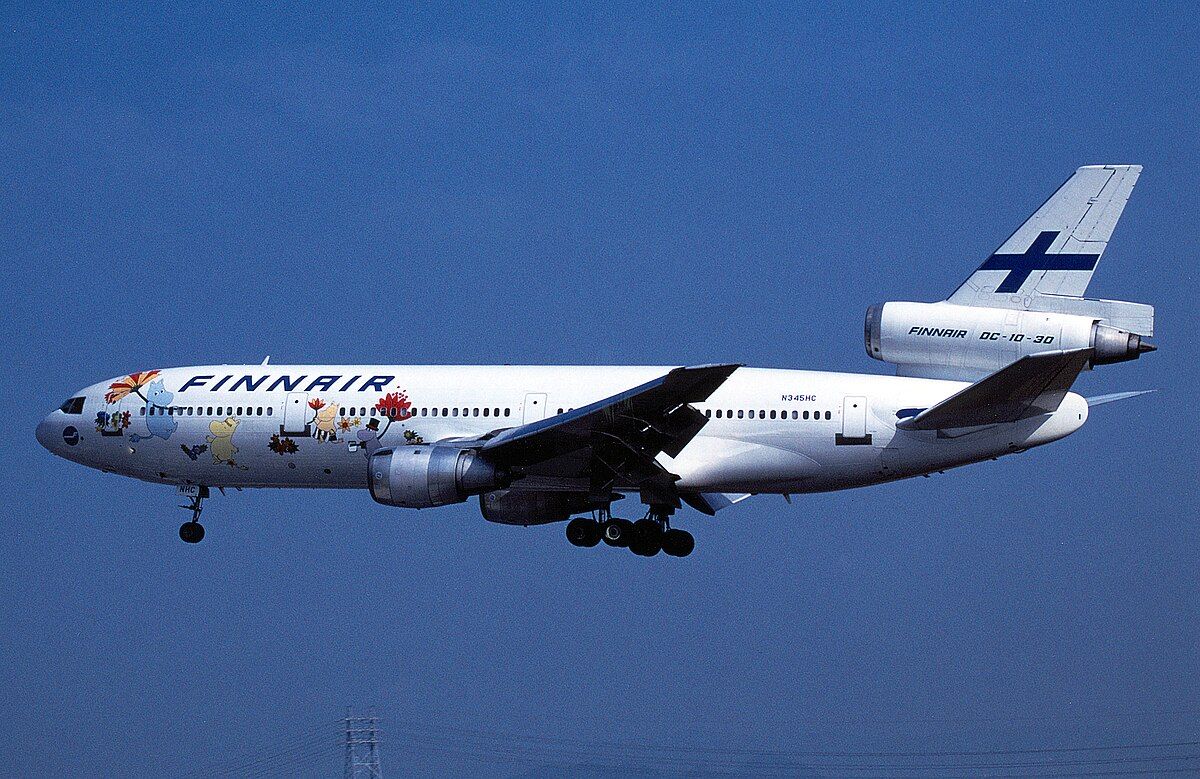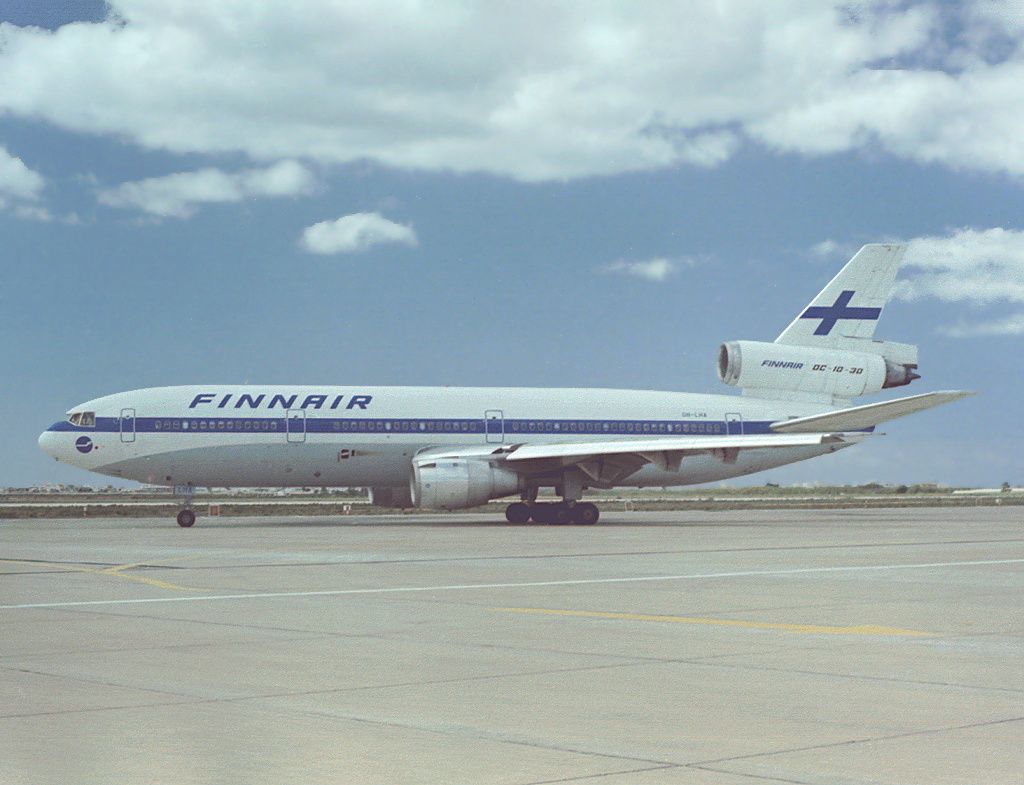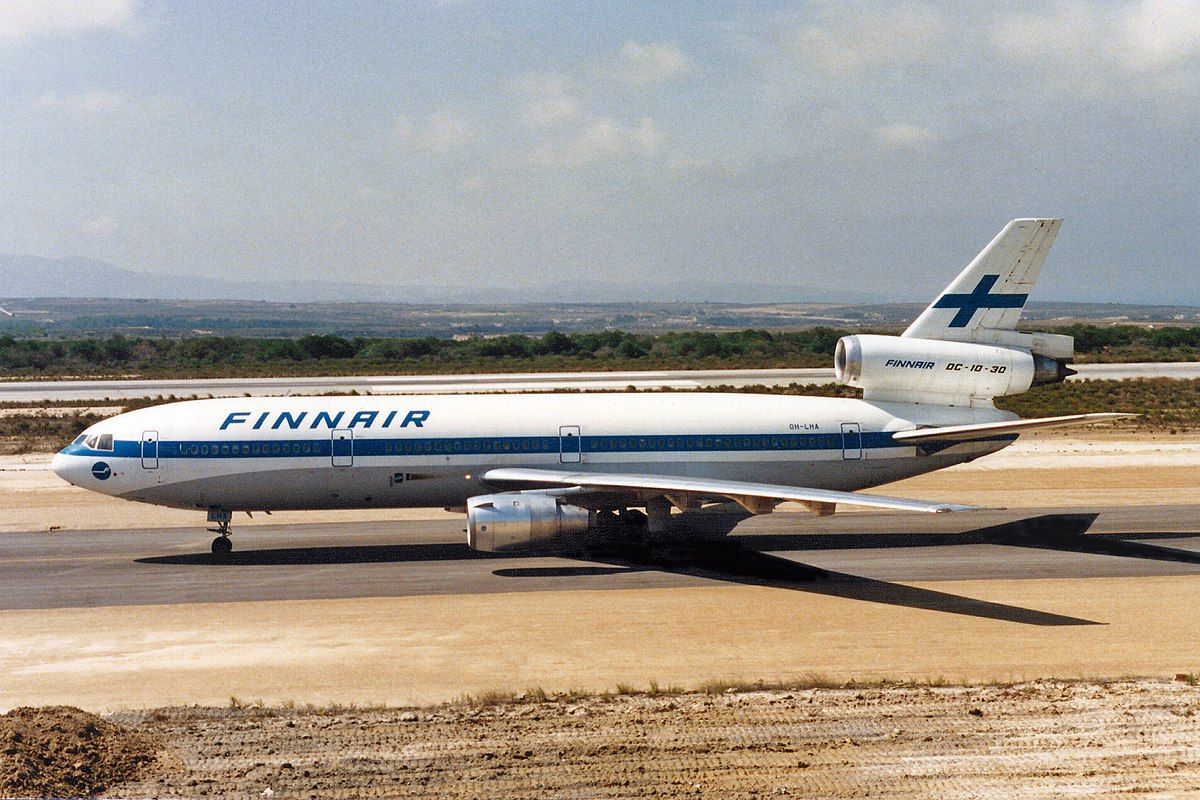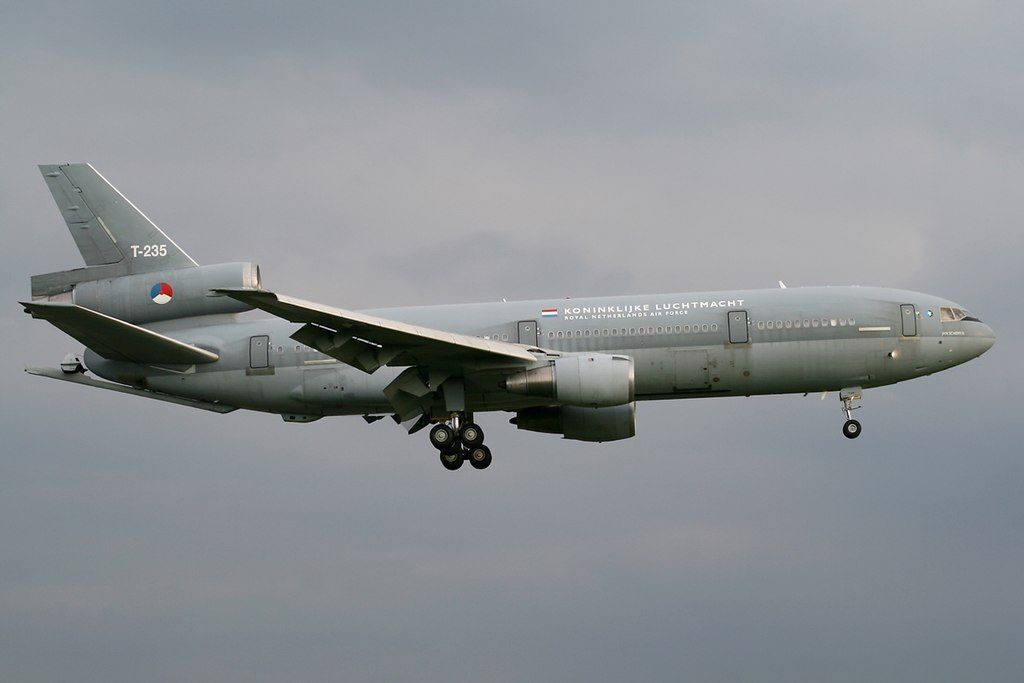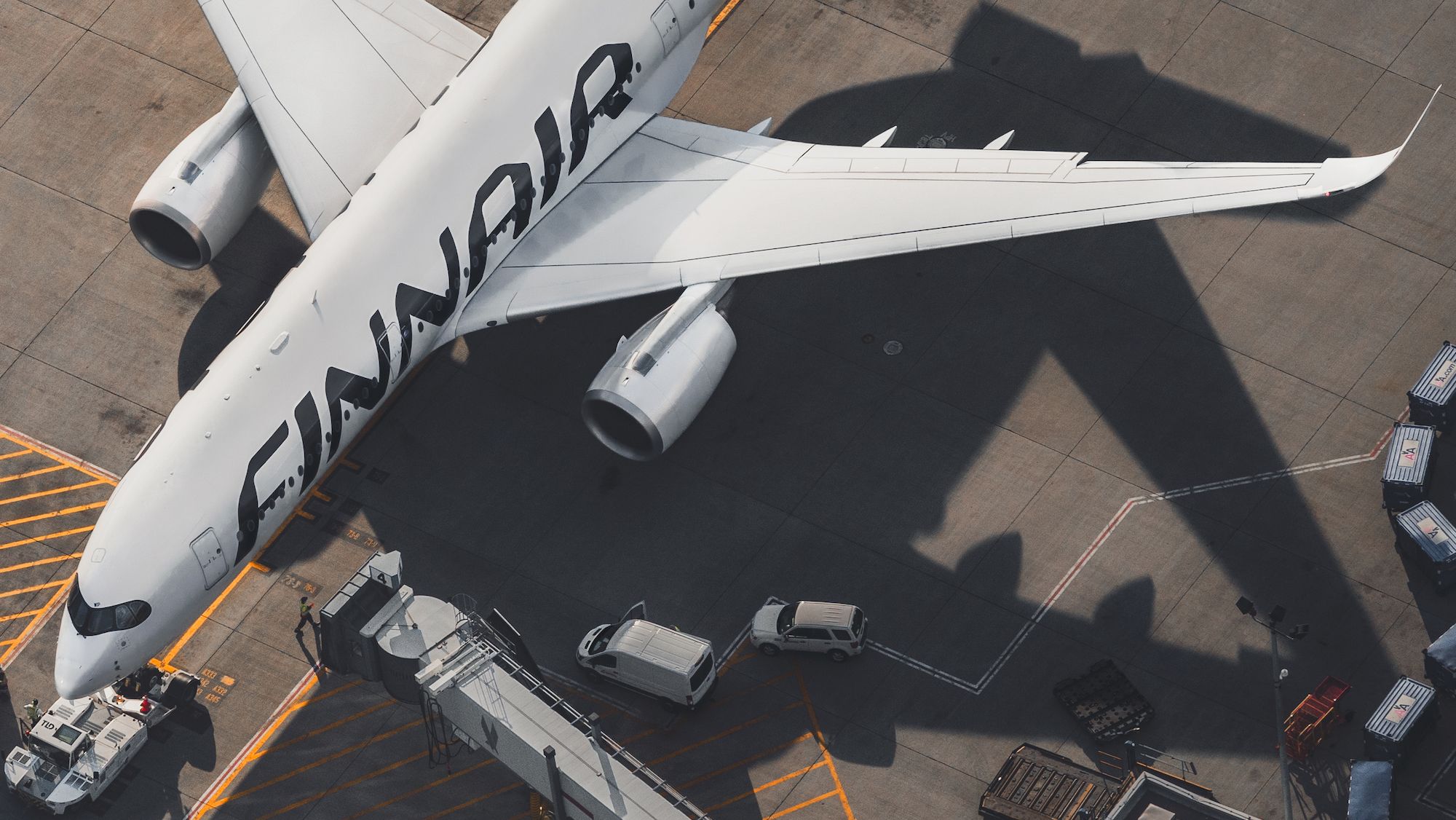Summary
- Secret missile near-shoot down by the Soviets revealed in 2014 by Finnair pilots
- Incident took place near Edgeøya island with the rocket nearly hitting the Finnair jet
- Official reports lacking, motive unclear, but likely a mistake targeting the Finnair aircraft
While Finland is now a member of NATO, during the Cold War, it was forced by the USSR to become a natural country (in a process called ‘Finlandization’). In 2014, it came to light that a Finnair passenger jet had nearly been shot down by a missile in 1987. It’s now been over 100 years since Finnair’s first flight and, over that time, the company has had to operate during the Winter War, the Continuation War, and the constant threat of the USSR during the Cold War.
1
Only revealed in 2014
The near-shoot down was secret for 27 years
|
Date: |
December 23, 1987 |
|---|---|
|
Flight: |
AY915 |
|
Route: |
Tokyo to Helsinki |
The Finnair shooting incident was kept a secret for 27 years until co-captain Kaukianian stated that the Finnair pilots decided to come out and speak about the matter after Malaysia Airlines Flight 17 was tragically shot down over Ukraine on 17 July 2014. The pilots recounted they thought it was a weather rocket but only realized it was a missile when the aircraft reached 35,000 feet, and the rocket nearly hit the aircraft and exploded.
At the time, people in Finland were outraged that the incident had been kept a secret for so long. A Finnish newspaper stated in 2014, “A passenger jet flying over the Arctic Ocean narrowly avoided being shot down by what is claimed to be a Soviet missile, according to two co-pilots on board the long-haul flight in 1987. But the incident, revealed by the newspaper Helsingin Sanomat, has only come to light now because the plane’s captain refused to submit a report, the crew members claim.”
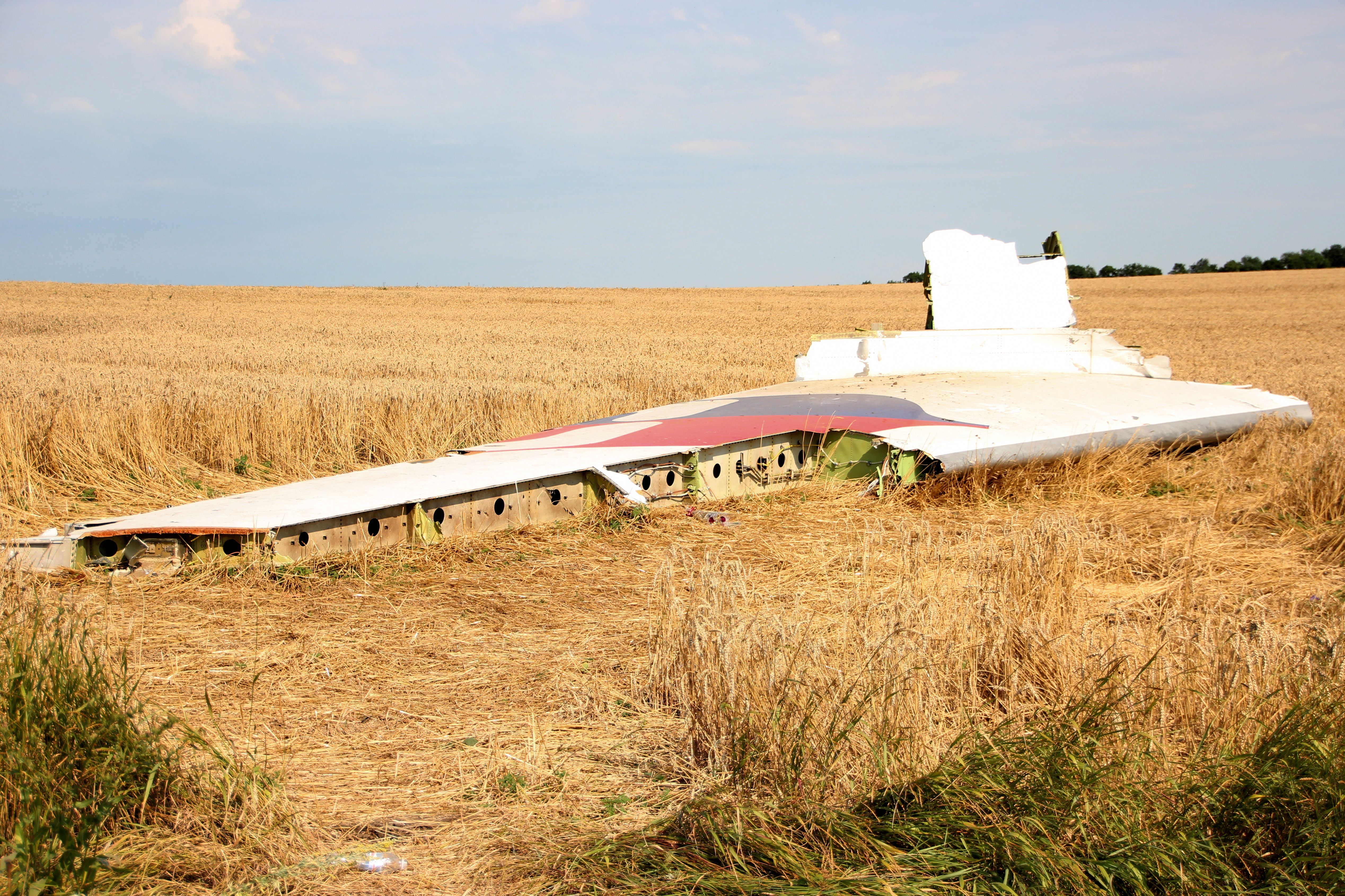
Related
The MH17 Tragedy: Guide To The Aftermath Of Buk Missile Strike On Boeing 777 Passenger Plane
Nearly ten years ago a Malaysian Airlines aircraft was shot down while flying over Ukraine.
2
A Russo-Soviet history of shoot downs
Flight 007 is the most infamous Soviet shoot-down
The Soviet Union targeted a number of airlines over the years. Shooting incidents include Aero Kaleva in 1940 (a Finnish flight shot down after the Winter War and before the Soviet entry into WW2). Aeroflot Flight 902 in 1962 (a Soviet flight possibly shot down by accident), and Korean Air Lines Flight 902 (a Korean flight shot down after violating Soviet airspace – most passengers survived the emergency landing).
The worst were Korean Air Lines Flight 007 in 1983 (Korean 747 shot down with a total loss of life) and MH-17 in 2014 (believed to have been shot down by Russian-aligned forces in Ukraine). Additionally, there was Ukraine International Airlines Flight 752 shot down by Iran in 2020. While some of these aircraft unwittingly violated Soviet airspace, each has its own tale of why it happened.
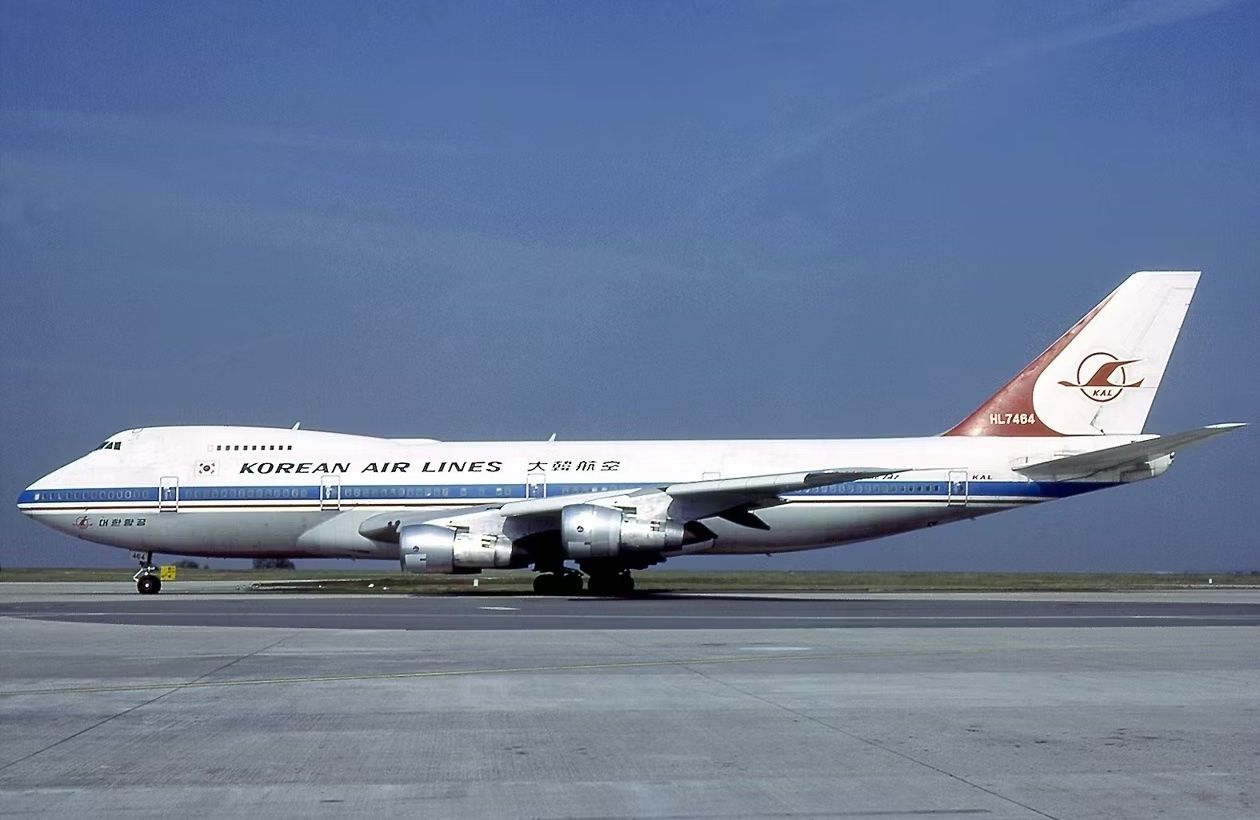
Related
747 Shootdown: The Story Of Korean Air Lines Flight 007
Retelling the Cold War tragedy of Korean Air Lines Flight 007, in which 269 innocent passengers and crew lost their lives after being shot down.
3
The pilots saw the rocket
The incident took place between 13:00 and 14:00 local time
|
Type: |
likely SAM |
|---|---|
|
Location: |
Near Edgeøya Island |
|
Outcome: |
miss |
While no official reports exist about the incident, the Finnish pilots claim the incident took place over the Edgeøya island of Svalbard near the North Pole between 13:00 and 14:00. Visibility was good. The pilots were able to watch the flight of the rock for over 30 seconds. When it reached the cruising altitude of the aircraft, it turned and went straight at the aircraft (the ability to turn suggests the rocket was a SAM).
The pilots believe the rocket had been locked onto the Finnair jet. However, the rocket exploded but did not hit the aircraft, and the pilots watched the hull of the missile fall down toward the sea. 60 to 80 seconds later, the aircraft came to the dust cloud left by the explosion.
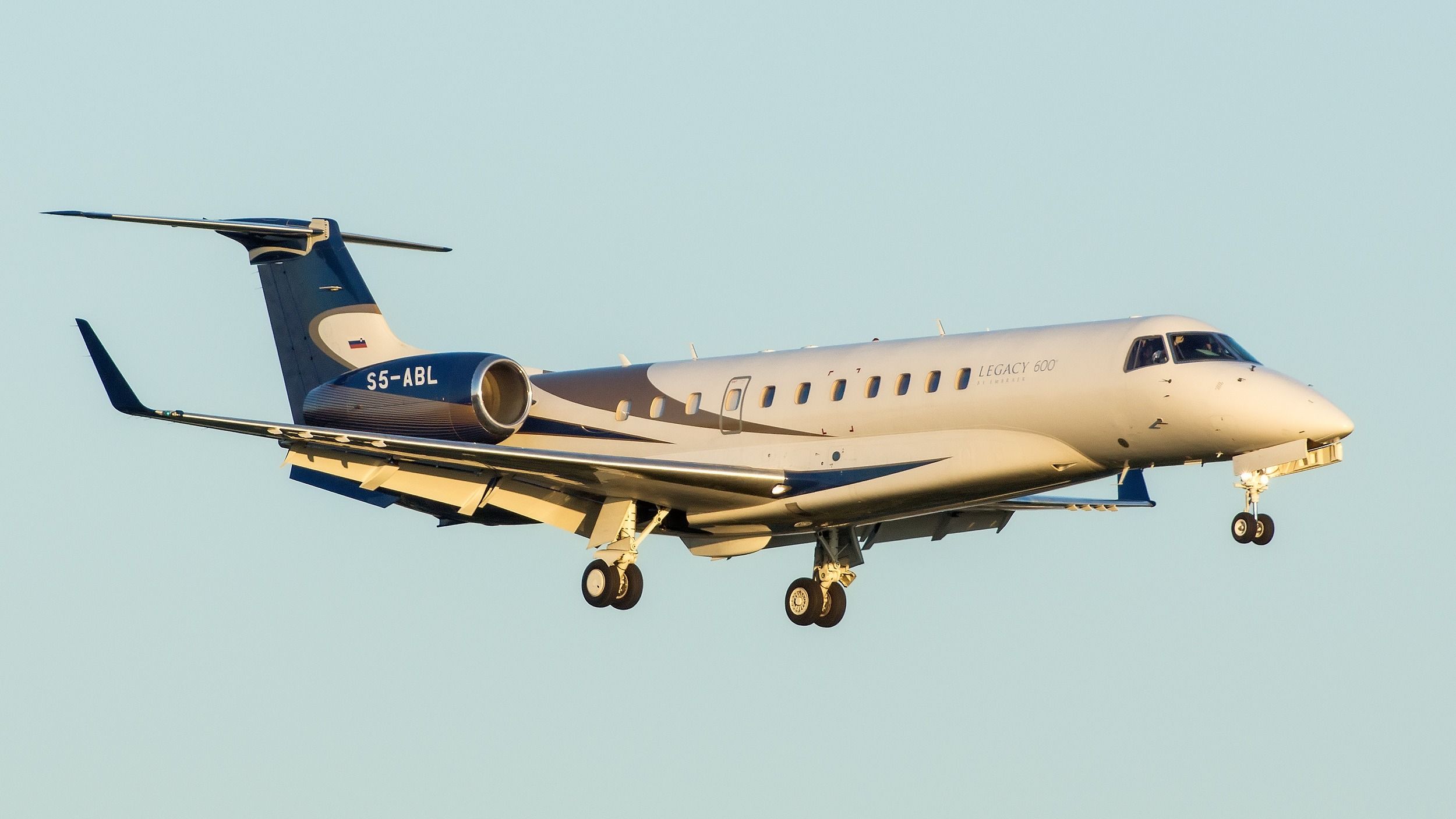
Related
Yevgeny Prigozhin Plane Crash: What We Know So Far
Russian President Vladimir Putin has broken his silence, while the investigation into the cause of the crash is still ongoing.
4
Motive and actor never proven
At 35,000 feet, it is clear the Finnair flight was targeted
|
Motive: |
unclear |
|---|---|
|
Belligerent: |
likely USSR |
|
Lasted Russian shoot down: |
Prigozhin business jet 2023 (likely) |
While the missile is believed to have been fired by the Soviet Union (the missile came from the Soviet Union), no one knows who fired it or why. It is anyone’s guess why the missile was fired—perhaps the Soviets thought the aircraft was an American military aircraft, or perhaps they thought it had violated their airspace.
A good way to approach such shootdowns is to “never attribute to malice that which is adequately explained by stupidity.” In 2022, a rogue Russian pilot disobeyed orders and opened fire on a British AWACS aircraft in international waters over the Black Sea. That said, sometimes the motive is very much malice – one likely example is the bombing or shoot down of the business jet near Moscow that was carrying Yevgeny Prigozhin in August 2023 (he was the leader of the Russian paramilitary group Wagner and had rebelled just two months prior).
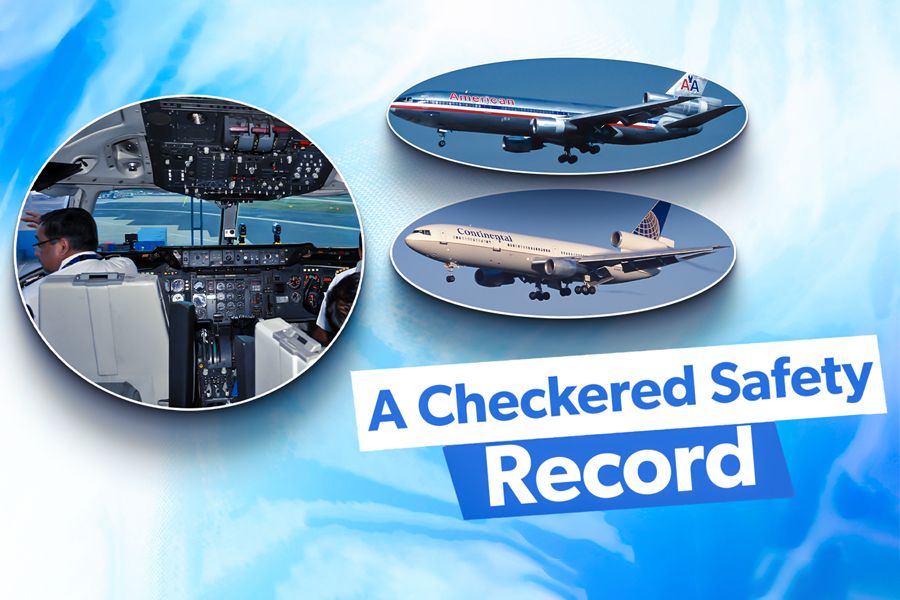
Related
Five Major Accidents That Marked The McDonnell Douglas DC-10’s Operational History
The trijet was involved in several major accidents throughout its history.
5
McDonnell Douglas DC-10
Around 70 KC-10s remain in service as Air Force tankers
|
Registration: |
N345HC |
|---|---|
|
Number built: |
386 |
|
First flown: |
August 1970 |
The aircraft involved in the incident was a McDonnell Douglas DC-10. The DC-10 is a trijet wide-body aircraft built as the successor to the DC-8 for long-range flights. American Airlines introduced it in 1971. The DC-10 remains in operational use by the US Air Force as the KC-10 Extender aerial tanker aircraft.
The DC-10 earned itself a terrible reputation for crashing. It is regarded as having a design flaw in the original cargo doors, which led to multiple incidents during its operation. The crash of DC-10 Turkish Airlines Flight 981 in 1974 was the deadliest crash in aviation history up to that point. In 1983, McDonnell Douglas announced the end of DC-10 production due to a lack of orders and other concerns.

